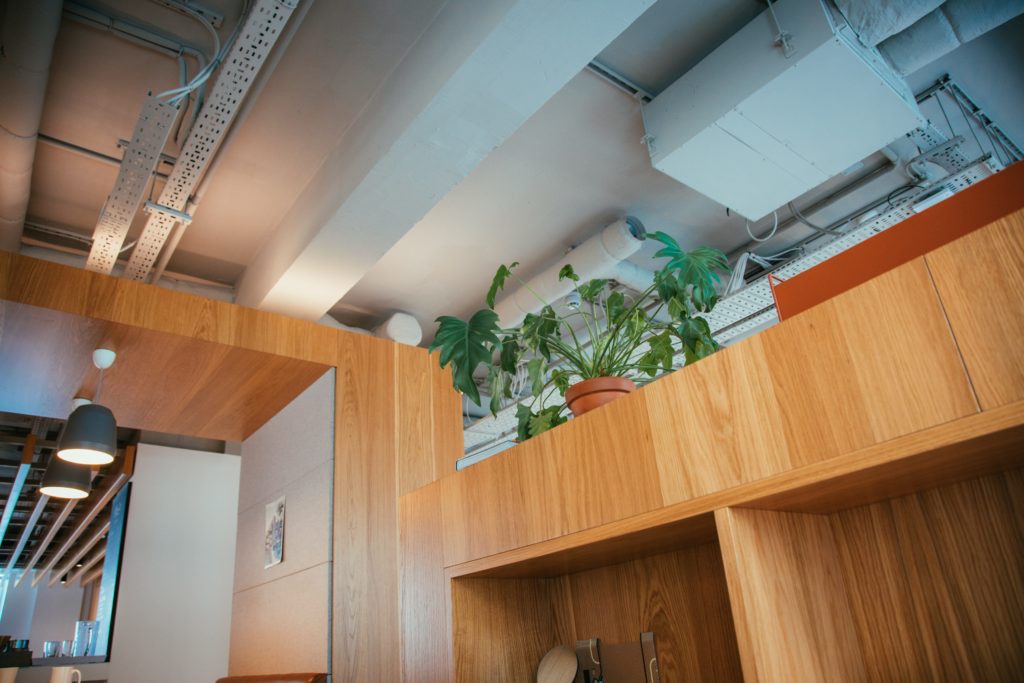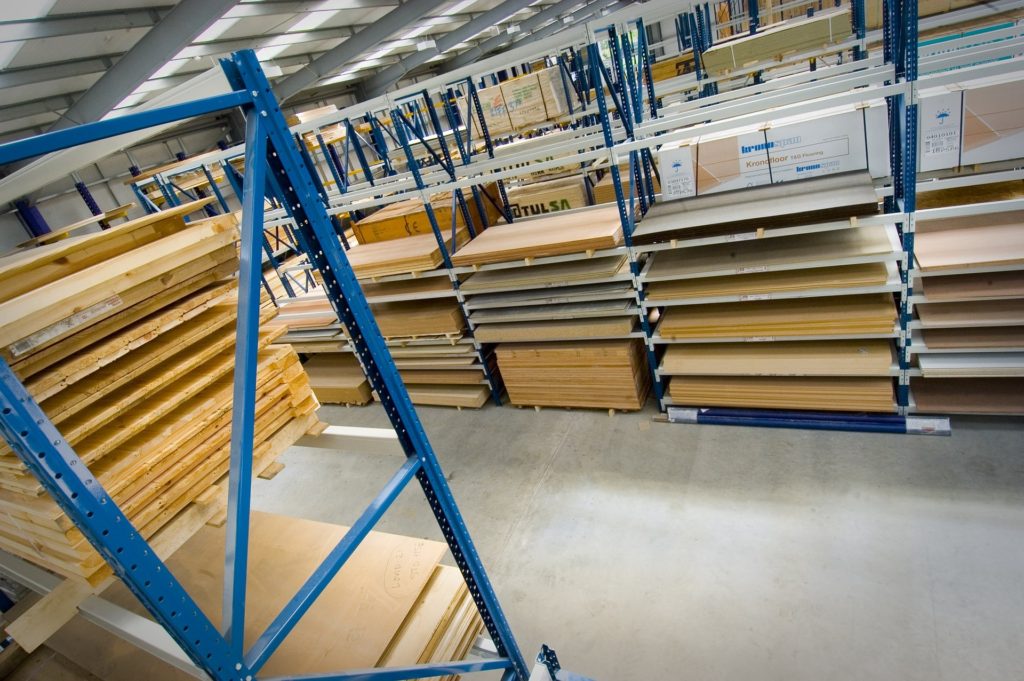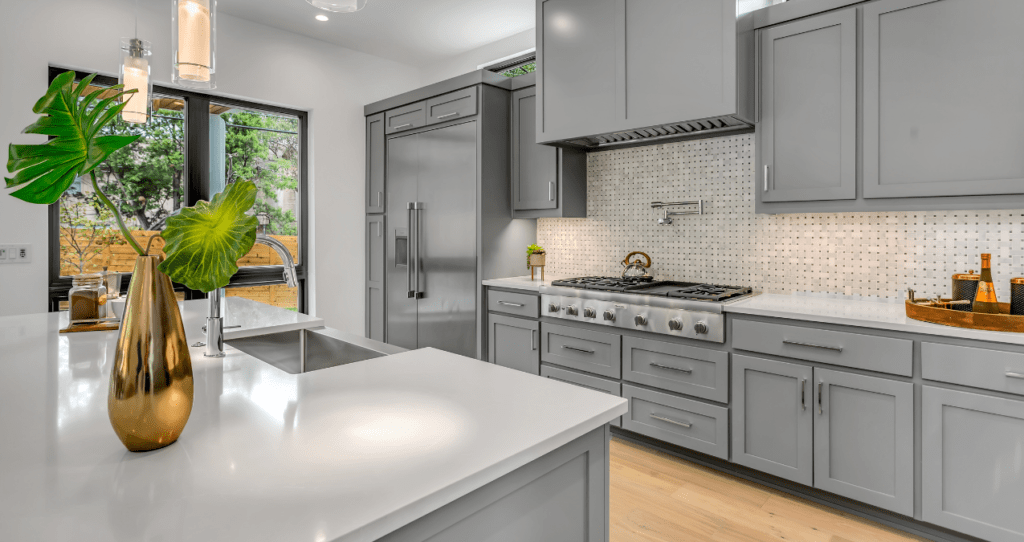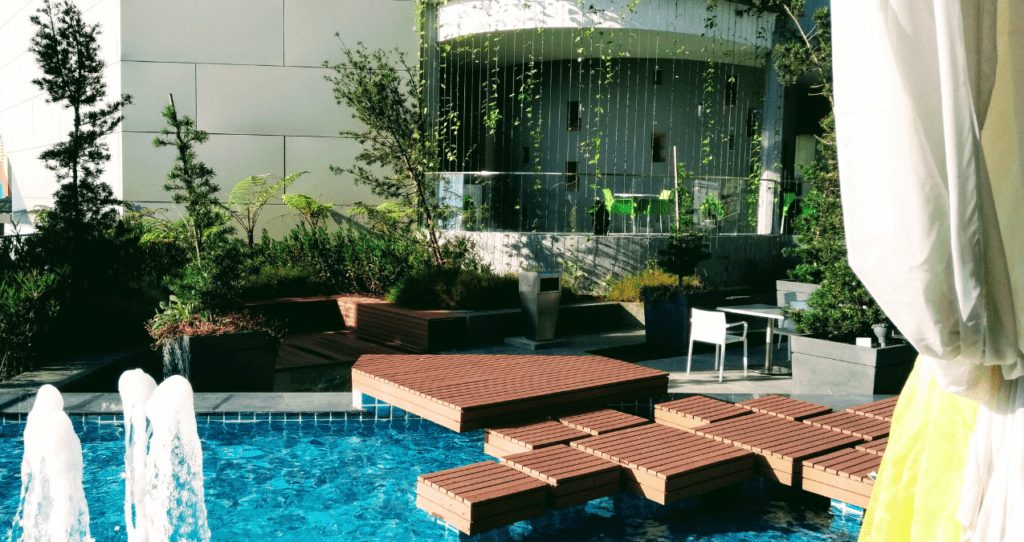WPC Board vs Plywood– Which is best ? When you decide to do the interiors of your home or office a lot of materials come to your mind. But choosing the right material is the primary concern and need. Of all the interior materials available in the market Plywood and WPC or Wood plastic composite are the most preferred and commonly used. Which one do you choose?
Both are excellent building materials in terms of durability, strength, and workability and are available in different grades to cater to any requirement, budget, and application areas.
What is WPC boards?
WPC boards are made from grounded sawdust thoroughly mixed and heated with thermoplastic resins mixed with additives for imparting superior qualities. Sawdust from fibre fillers like pulp, peanut hulls, byproducts of the textile industry, bamboo, etc. are mixed with virgin or waste/recycled plastic derived from polyethylene, polyvinyl chloride, polypropylene, etc. Nowadays polyethylene-based plastics are commonly used. The proportion of sawdust is around 15%, virgin/recycled plastic constitutes 75%, and the remaining will be different additives. WPC board is a hybrid product that got the qualities of wood and easiness and water-resistant properties of plastic. These ingredients are mixed to a thick consistency and are moulded or extruded to form WPC boards.
Also Read : WPC Boards – Advantages, Disadvantages and Uses.
What is plywood?
Plywood is a manufactured wood panel/ engineered wood made from thin sliced natural wood called veneers in the core as well as the face. These core veneers are glued in layers one on top of the other with adjacent layers having their wood grains rotated up to 90 degrees to one another. The cross layering of adjacent layers imparts structural strength and stability to plywood. These veneers are bonded together with glue and pressed under high pressure and heated to form plywood. Plywood is a versatile, flexible, and highly workable building material widely used in manufacturing furniture, cabinets, shelves, and wardrobes, etc. They are also used for woodwork for ships and boats and for shuttering works in the construction sector. These are the commonly used categories of plywood based on application sectors.

Also read : Plywood Types – MR resistant, BWR and BWP/Marine ply
WPC board vs Plywood – A comparison
Plywood is available in three different grades. They are MR grade/ commercial ply as per IS 303, Exterior grade /BWR grade as per IS 303 and Marine ply/BWP grade as per IS 710 grade. Marine ply is the most superior grade of plywood. For comparison, we are taking marine ply and Wood plastic composite (WPC).
Marine plywood and WPC boards got similar characteristics – They are moisture-resistant, termite-resistant, suitable for outdoor applications, and extensively used for external and works exposed to water and moisture such as kitchens and bathrooms and external furniture, facades, etc.
WPC board vs Plywood – Ingredients and manufacturing
| Plywood | WPC Board |
| Plywood is made of sliced wood layers (veneers) and is placed in a cross-layered pattern. The veneer layers are glued together using synthetic resins like Urea Formaldehyde or Phenol formaldehyde, pressed with high pressure, and heated to form plywood. | Manufactured from a mixture of sawdust/wood fibre and waste/ recycled plastics. The materials are mixed with pigments and additives and moulded our extruded to for WPC boards. |
Moisture resistant and termite resistant qualities
| Plywood | WPC board |
| Marine-grade ply wood surface is very hard and delivers superior water-resistant qualities. They are made from tropical hardwood veneers and jointed using water-resistant adhesive. Marine ply is further treated with preservatives and protective finishes to enhance water and termite resistant qualities. | WPC is a Mixture of sawdust and plastics. They are a hundred percent water-resistant and termite-proof material. |
Because of these qualities, both these materials can be used for wet areas, external furniture, facades, kitchen cabinets, bathroom interiors, etc. But plywood of grades other than Marine got less water and moisture resistant than WPC boards.
Fire resistant and heat resistance
| Plywood | WPC board |
| Plywood burns with flame and is more suspectable to heat. | WPC does not burn with flames due to the presence of plastic material and special additives. WPC is a polymer-based material and does not catch fire. |
Plywood can be made fire resistant by protecting with fire-retardant additives. Fire and heat resistant qualities are much better in the case of WPC boards.
Screw holding capacity
Due to the cross-layered arrangement of veneers, plywood possesses extremely good screw holding capacities. It may not come out from hinges easily.
Screw holding capacity of WPC depends on the density of the materials. For a competitive screw holding capacity, WPC boards should possess a density of 600kg/cm3.
Screw holding capacity of plywood is comparatively better than WPC boards.

Durability
The durability of plywood depends on the grade which is being used and the area of application. Plywood is durable but has to be maintained properly. Some plywood grades may split or splinter in course of time.
WPC is an extremely durable material and is long-lasting.
WPC always comes with a lifetime guarantee from major manufactures whereas plywood quality determines durability and life. Because of the presence of a lot of plywood manufacturers, the qualities may be compromised. BWR grade- IS 303 GRADE plywood is sold to the customer in place of Marine ply in most of the cases. Ensure that the materials to be purchased from the reputed manufacturer with proper test certificates.
WPC is extruded or moulded to form sheets and hence are a homogeneous material whereas plywood is made by layers that are glued and may fail.
Workability
Plywood can be easily bent without affecting its strength. But planning and molding are not possible like Wood and WPC due to cross-layered arrangement.
WPC got the combined properties of plastic and wood and hence are more flexible than plywood and can be thermoformed to any shape. They can also be molded, planned, and grooved, exactly like wood.
Plywood cannot be used in the raw form. Plywood has to be covered with laminate or veneer to match the colour scheme. Plywood got a good surface enabling the gluing of veneers and laminates. They can also be painted with PU and textures. Laminated plywood are also available for various uses.
The veneers and laminates may peel off on continuous exposure to sunlight and water.
In the case of WPC boards, the colours are generated through the addition of pigments in the manufacturing process and do not fade easily on exposure to sunlight. WPC does not need any laminate, veneer, paints, and polish.
Veneers and laminates are fixed on WPC with proper roughening of the surface and treatment with special adhesives. They can even be painted with PU paint and texture paint after the application of plastic primer. The bonding properties of WPC with laminates, veneers, and paint are not strong when compared with plywood.
Eco friendly qualities
Plywood veneers are from cutting trees and are not environmentally friendly. The manufacturing of plywood will result in deforestation.
WPC is made from wood waste, sawdust, recycled plastics, etc and consumes industrial wastes and converts it into usable materials. WPC manufacturing does not generate any wastage nor any trees are cut in this process and is an environmental friendly material.
WPC board vs plywood – Cost
Good quality WPC boards are costlier than marine plywood. But the additional costs incurred for veneer, laminates etc can be eliminated.
Conclusion
WPC is a long-lasting, eco-friendly, durable, and extremely high water and moisture resistant product than plywood. But the looks cannot match exactly as wood and they do not have the choice of application of beautiful laminates and veneers. Still, WPC stands out as a better option than plywood even though it costs high.




Comments are closed.